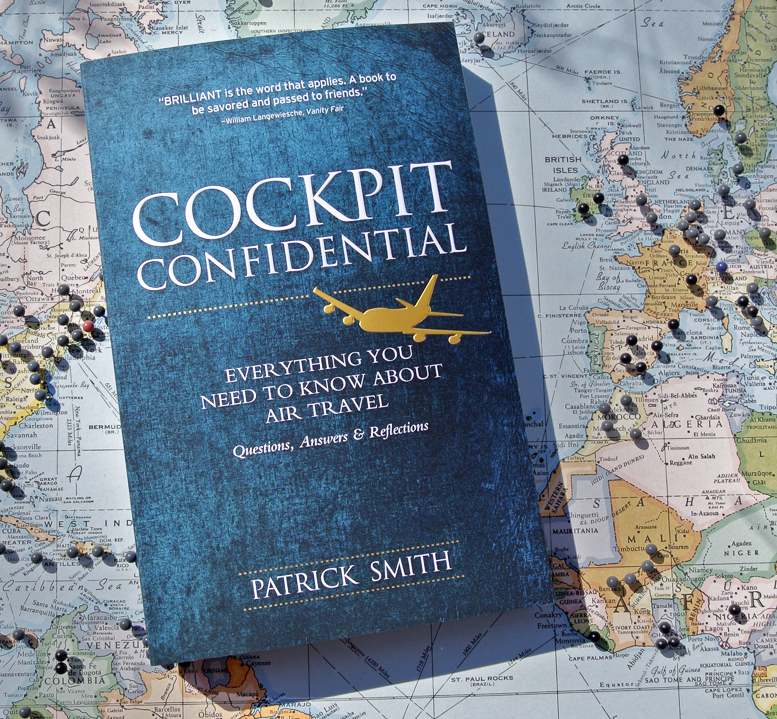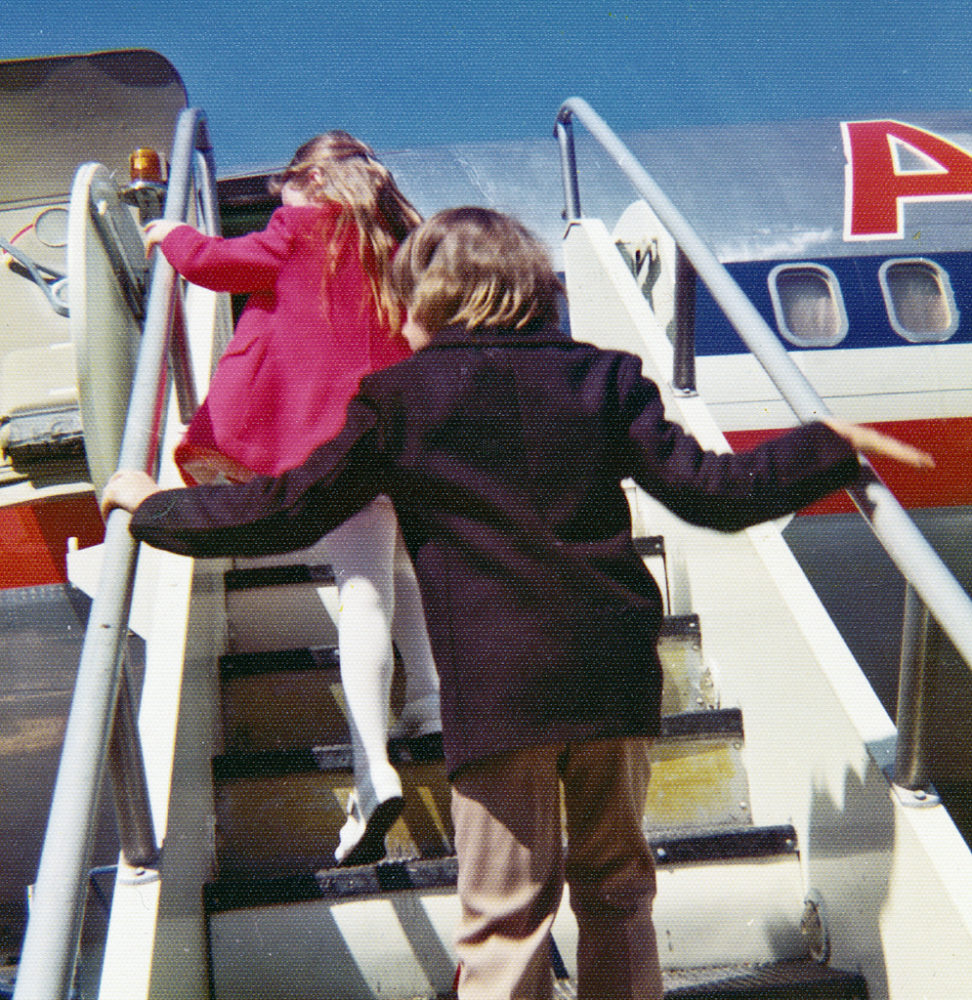How fast is a plane going when it leaves the ground?
Where do flight numbers come from?
And is it still possible for passengers to visit the cockpit?
These are just a few of the puzzlers commercial airline pilot and air travel writer Patrick Smith tackles in his new book: Cockpit Confidential: Everything You Need to Know About Air Travel: Questions, Answers, and Reflections,” out this week from Sourcebooks.
Based on questions he began gathering during his stint as the “Ask the Pilot” columnist on Salon.com and for his 2004 Ask the Pilot book, this new book covers air travel, airports, airplanes and some of the scary things that do – and do not – happen on airplanes.
A glossary of aviation-related terms to help travelers speak “airline” is included as well.
Smith clearly understands the contempt passengers have for many aspects of modern-day air travel, but he is also an unabashed fan of flying and of the magic and drama that goes into getting from here to there.
Here’s an excerpt from my interview with Smith about some of the topics covered in the book, about his first airplane ride and about the TSA’s plan to allow small knives back on airplanes.
Your bio tells us you’re a pilot for a major airline. Which one?
Smith: I wish I could tell you. It’s an airline you’ve heard of, but airlines don’t want people out there appearing to speak on their behalf. I will tell you I’m pro-flying: despite the hassles of travel, flying today is remarkably affordable – airfares are half of what they were thirty years ago – and it is astonishingly safe.
Do you remember your first airplane ride?
Smith: I recall almost everything about it! It was in 1974 and the plane was an American Airlines 727. I especially remember the sandwiches they served, which came with a double helping of cheesecake for dessert.
On airplanes, some pilots barely communicate with passengers, while others chat away on the PA giving everything from sports scores and weather updates to detailed descriptions of landmarks on the ground below. Are there rules about this?
Smith: It’s up to the pilot and there’s no formal training for this, although there are some guidelines in our manuals. I try to be concise and keep passengers informed, and I will point out things below. Greenland can be spectacular and I know people may be sleeping or watching a movie when we’re flying over, but it’s just such a great view that I will break in and tell people to look out at the glaciers and mountains down there because they’re so cool.
Even if I’m snoozing, I’d hate to miss a chance to see Greenland from the sky. Which brings me to: how do pilots stay awake on very long flights? Are you up there in the cockpit singing silly songs and doing jumping jacks?
Smith: No, on those long flights we’re not sitting up there in the cockpit the entire time. On flights longer than 8 hours – and some can be up to 15 or 16 hours – we bring extra crew members along and we swap out. There are designated seats or rest areas on airplanes that can be underneath the cabin or in an upper compartment. Some are surprisingly comfortable, almost luxurious, and make it very easy to get rest and to sleep.
Pilots spend a lot of time in the air, of course, but you must also pass through a lot of airports. Do you have some favorites and/or pet peeves?
Smith: When you compare and contrast US airports with those in other countries, especially in Asia, international ones wins out. Incheon International Airport in South Korea is probably my favorite: it’s immaculately clean and quiet, there’s a museum, free showers and a hotel inside of immigration, so if you have a long layover you can check in without having to go through customs.
I find many US airports to be very loud with all those airport and TSA announcements on the public address system, messages being run over each other and the TV monitors running constantly at every gate. Those noise levels go a long way to making an already stressful experience more stressful.
Speaking of the TSA, what do think of TSA’s plan to take small knives and some previously banned sports equipment off the prohibited items list for carry-on items?
Smith: Apparently TSA feels there is no longer any point, pardon the pun, in rummaging through bags to confiscate small knives and scissors when there are thousands of ways to contrive a weapon that’s at least as dangerous a two-inch hobby knife.
Obviously I’m not in favor of any policy that would make it easier for somebody to physical attack and injure a colleague, but from TSA’s perspective the new rules free up resources and allow guards to look for more potent threats, including bombs and improvised explosives.
(A slightly different version of my interview with Patrick Smith about Cockpit Confidential first appeared on NBCNews.com Travel)

